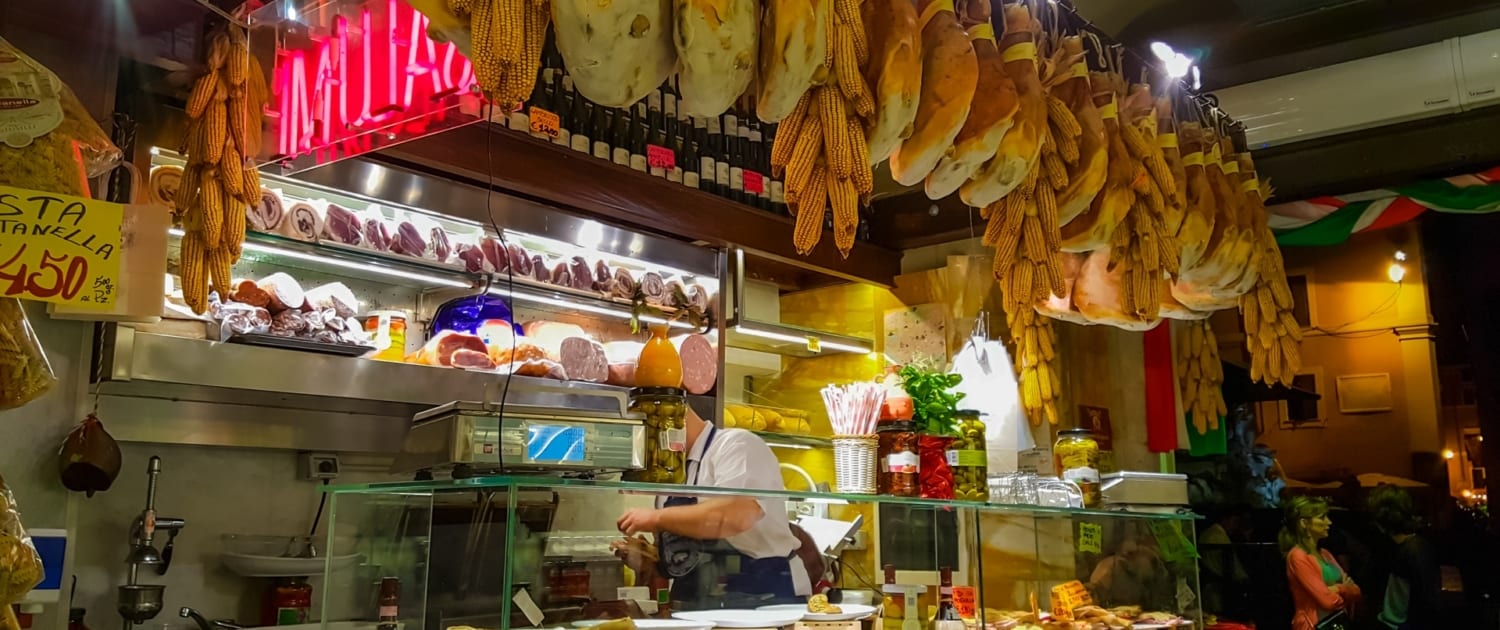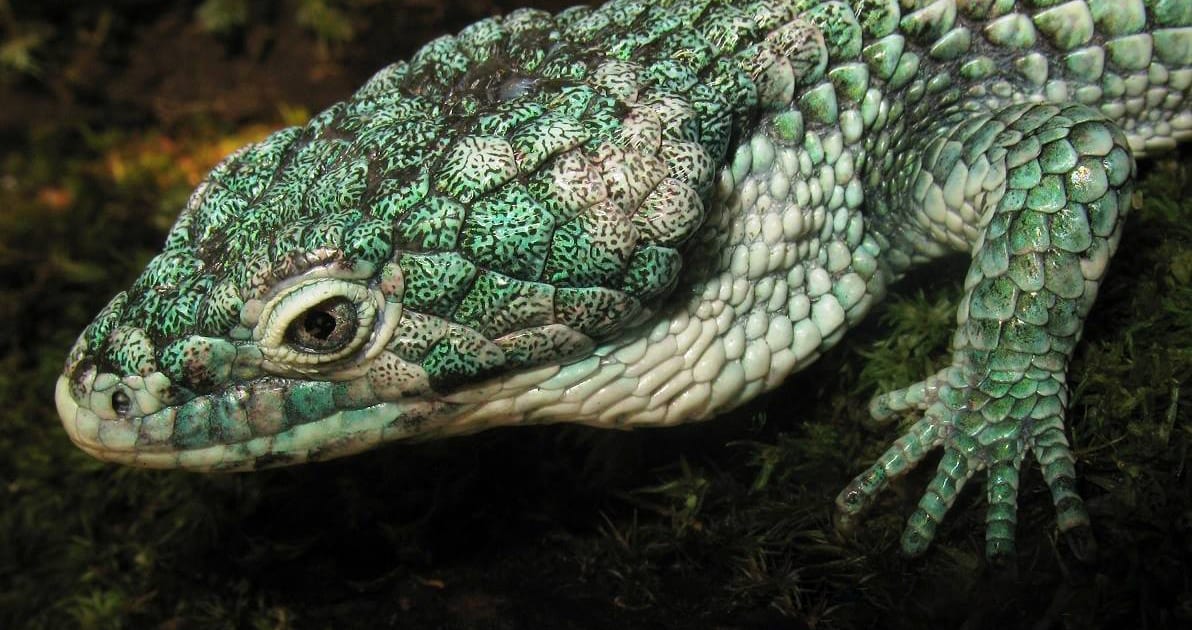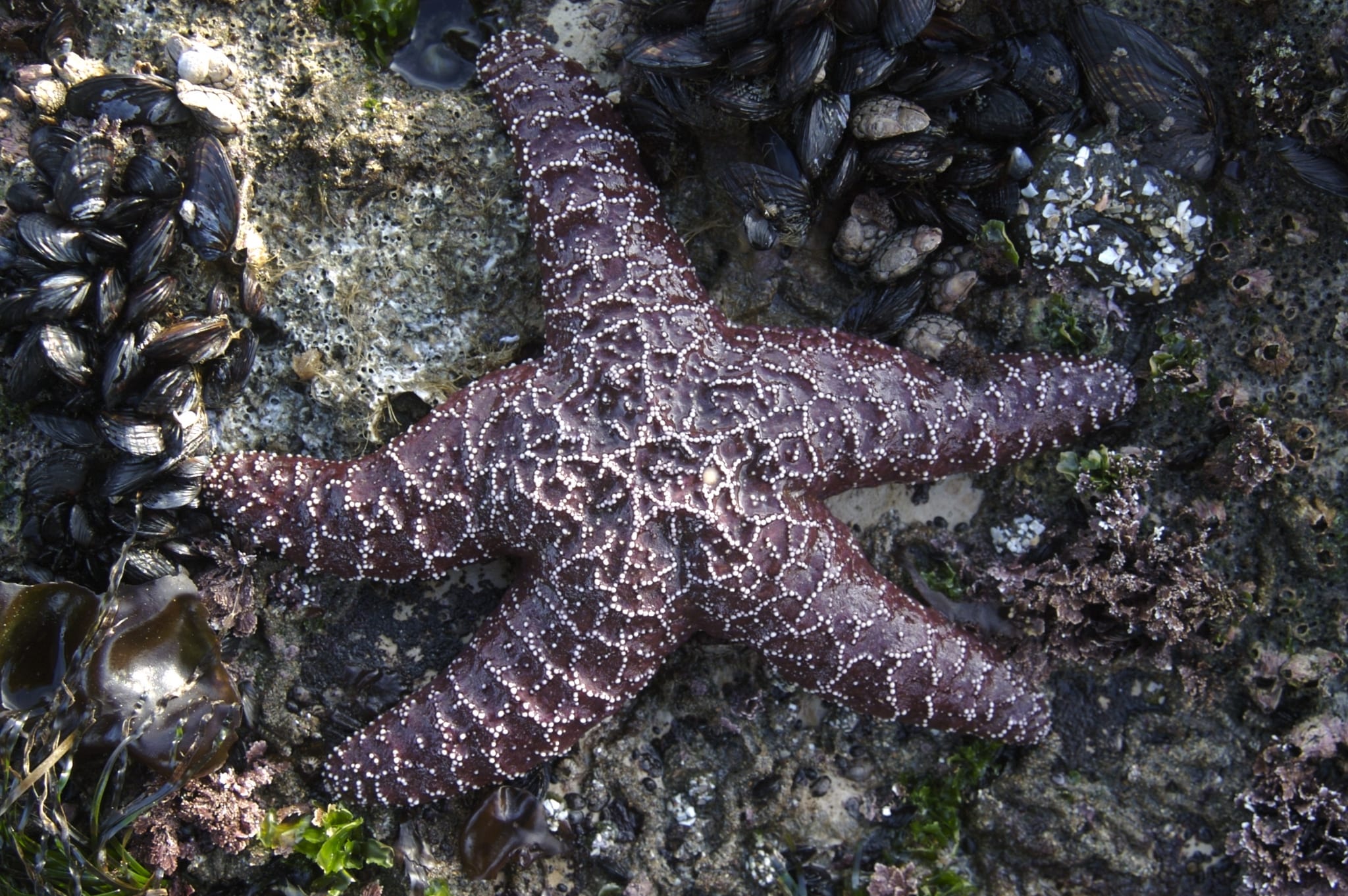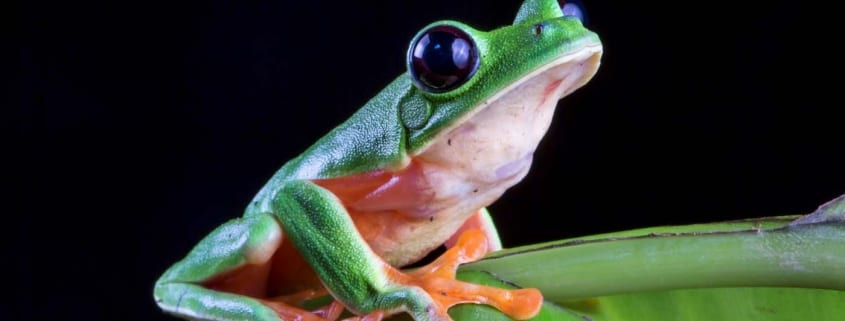Conservation Basics: Saving Frogs at the Deli
Header photo by Robin Moore.
Rainforest Trust’s work to protect habitats for threatened species is grounded in cutting-edge conservation science. But in this series, we explore the basics of conservation science and how they inform Rainforest Trust’s scientists.
Sometimes I find myself telling people I encounter only every once in a while — like cab drivers, friend’s friends, the guy at the deli counter — what I do for a living.
“I work on protecting threatened wildlife in the tropics, like in rainforests,” I say.
“So what kind of animals are we talkin’ ‘bout here?” Sal asks as he daubs more spicy brown mustard on my pastrami sandwich.
“Oh, all sorts of stuff,” I say. “You know, elephants, monkeys, frogs…”
“Frogs!” Sal exclaims, mustard flying across the kitchen as his knife swings up with his full-body motion of disbelief. “Watcha tryna save a frog for?”

The deli. Home base of so many great conversations.
I get questions like this all the time. Which prompts the question: What are we tryna save frogs for?
In fact, let’s continue that line of questioning. What are we trying to save spiders for? What are we trying to save sharks for? What are we trying to save chimpanzees for?
For goodness sake, what are we trying to save elephants for?
Sal’s question, despite my facetiousness, isn’t a bad one. In fact, it’s a good one. It dives at a deeper question of conservation’s purpose and mindset.
Public attitudes about conservation, and, in a lot of ways, the actual work of conservation in the past century have focused on the big species. The iconic ones. Jaguars. Whales. Pandas.
Two reasons for that. Number one: Everyone knows a whale. You see a whale, the average guy on the street says “That’s a whale.” You see a Terrestrial Arboreal Alligator Lizard? Average guy on the street says “I don’t know, Iguana?”

The Terrestrial Arboreal Alligator Lizard. Or, I don’t know, an iguana? Photo by Luis Canseco Márquez.
Number two: They’re all mammals. Humans gravitate more towards species that look like us. So conservationists focus on these classic animals — pandas, whales, etc. — to keep people interested. But are these species more important?
We could get into a whole conversation (or, this is only me talking, so let’s say… a personal diatribe) on the philosophy of evolution, environmental ethics and the inherent value of organisms. But let’s talk about this with some measure of empirical evaluation.
Let’s define “ecological value” for now as relative value to ecosystem stability. As in, which species are more important to keep an ecosystem intact? Different researchers have had different theories on which species hold together an ecosystem. Plant-life is the obvious first thought, right? Every ecosystem needs a flow of nutrients, and where do nutrients always start? In plants. Photosynthesis takes sunlight (available in some quantity pretty much everywhere except cave ecosystems) and turns it into sustenance. Every species that doesn’t photosynthesize eats something that does, or eats something that eats something that does or eats something that eats something that eats something that does. You get my point. Without plants — life has nothing to stand on.
But in the later 20th century, a group of scientists made a series of discoveries that pointed to a much different reality. One scientist, a guy named Robert Paine, spent a lot of time knee deep in a patch of the Pacific Northwest coast. He, one by one, removed every individual of a predatory starfish species from one location over time. In another location, he left everything untouched.

Pisaster ochraceus, the deadly predator starfish Robert Paine focused his studies on. Look at its deadly… purple things. Ok, I don’t know that much about starfish anatomy. CC 2.0/Photo by Jerry Kirkhart.
The micro-ecosystem in the location without the predatory starfish ended up collapsing. Which led Dr. Paine — and plenty of other scientists, in what is now a widespread belief because of repeated studies in other ecosystems with other criteria — to theorize that predators, often apex predators, stabilize ecosystems.
Let’s look at a theoretical example to understand why.
If an apex predator, such as a Lion, disappears or drops in population, the dominant prey species, such as an Impala, will see population growth. Fewer Lions = Fewer Dead Impala. Impala eat plants. With more Impala, they’ll be consuming more plants. If the Impala population grows out of control, they would eat all the plants. So now, by removing the Lions, we’ve killed all the plants. And once all the plants are dead, so will be the Impala.
But you could say the same about the Impala, right? If you removed the Impala, wouldn’t you have the same impact? Not quite.
Based on how food chains (or, to be more exact, food webs) work, an ecosystem will usually have more prey species than predator species. In that Lion-Impala ecosystem, you might also have Thompson’s Gazelle, Grant’s Gazelle, Wildebeest, Hartebeest, Topi, Ostrich, Reedbuck, a few species of Duiker, Eland, African Buffalo, Zebra and Giraffe. Those are all prey species. And I didn’t even list smaller mammals or birds, let alone lizard and fish species. Predator species other than Lions might include Cheetahs, Leopards, Painted Dogs, Crocodiles, two or three Jackal species and two Hyena species. Maybe some Bat-eared Fox and Honey Badger to eat the smaller stuff.
Remove one prey species — an ecosystem has more to fall back on. Remove one predator species — the ecosystem has a lot less wiggle room.

The Bat-eared Fox, who could eat the smaller stuff. CC 2.0/Photo by Derek Keats.
We know that apex predators play an outsize role in ecosystem regulation. But sometimes other species carry a lot of weight as well. Elephants, while not eating anyone else, topple so many trees, some researchers believe they keep grasslands from becoming forests. Parrotfish eat and excrete so much coral, they make much of the sand you find on the beach near a reef.
These are what Robert Paine called “keystone species.” Like the keystone in an arch, if you take these species out of the equation, the whole structure is a lot more likely to collapse than if you take out some other random stone. A lot of keystone species are predators. Some are not. A lot of the time, keystone species are also the species conservationists tend to focus public attention on — like tigers, jaguars and elephants. These species garner public attention and help regulate ecosystem stability more than other species. It’s a win-win for conservationists.
Hold on, wait a second. What about those frogs? Weren’t we going into this whole thing to learn about why saving some random frog is important?
Yes, we were. And I’m not done.
Some species make more of an individual difference. But all those other species add up. One by one, as they go extinct, you’ll have the same impact as losing a predator species: ecosystem collapse.
Imagine, from my earlier thought experiment, instead of the Lions, the Impala (and most of the other prey species I listed) went extinct. Now the predators have nothing to eat, and they’ll die, too. Only the plants would remain — and even then, not for long. I’d bet all the Impala and Zebra dung helped fertilize the soil. Or, the herbivores ate a few species enough to prevent them from overtaking the whole ecosystem. I don’t even know what all the ramifications might be.

The mighty Impala.
Neither do conservation scientists. Yes folks, despite all we understand about how ecosystems work, we don’t understand everything. And we never will. But there’s one thing we know for certain: If we let those little species, the ones who couldn’t possibly mean anything, go extinct, we might not witness any immediate crises.
But right now, scientists say we’re experiencing extinction at 1,000 times the normal rate. If all those species play some role in their ecosystems and die off one by one, wouldn’t that mean that eventually…?
Yup. Definitely trouble.
And if our theoretical ecosystem of plants, Impalas and Lions collapses, it’s not as if everything else nearby will be fine. Every ecosystem, from the poles to the rainforest, connects to another ecosystem. Mess one up, you mess up the one next door. Which affects the one next to that, and the one next to that, and so on and so forth.
You live in one of those ecosystems. Your food comes from one or a few of them, too. So does your water. One species, any species anywhere, going extinct puts us one step closer to global ecosystem collapse. I’m not trying to be an alarmist — it’ll take plenty of extinction to collapse life as we know it. But we’re on a path toward plenty of extinction.
That’s one reason saving every single species, no matter how obscure, unheard-off, freaky-looking, isolated or unimportant it might seem to be, is vital to the survival of life on Earth. Yeah, I said it.
Life. On. Earth.
So one reason we’re tryna save frogs ‘round here, is ‘cause they’s worth it, ya know? For everyone. Saving that frog is part of the difference between a world we can live in and one we can’t.
Sal, I’ll take that pastrami to go. We have a lot of work to do.






